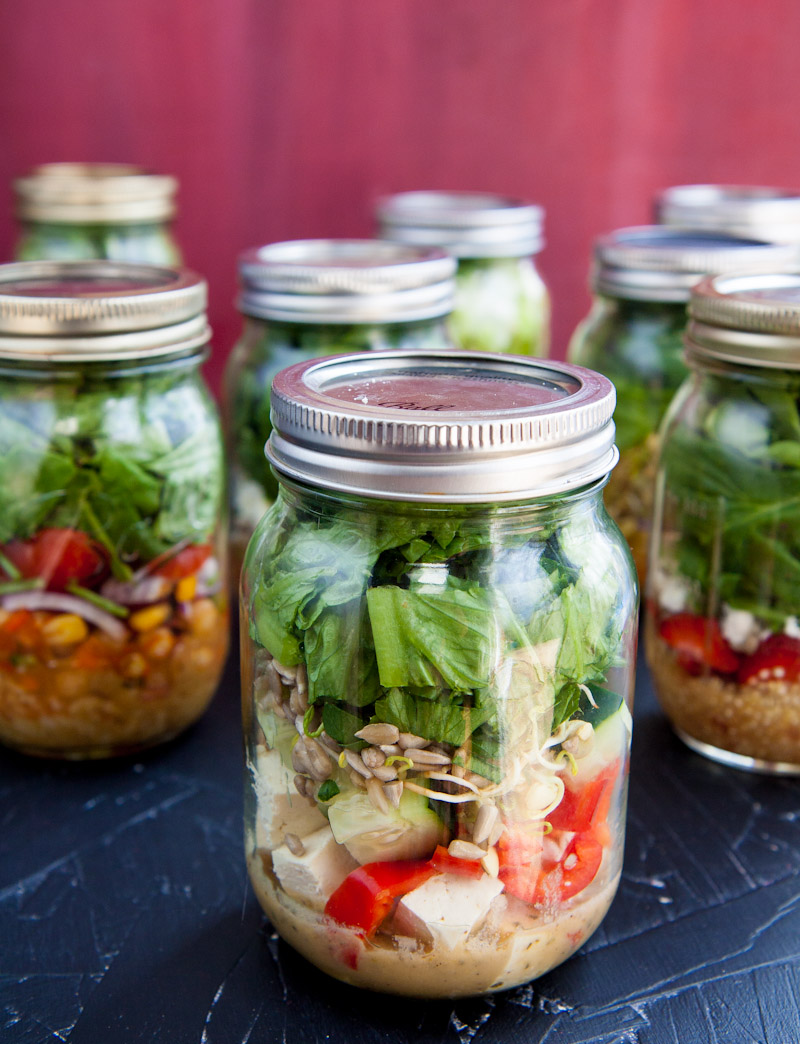Reminder of Home Canning No-No’s
Author – Kathy Riggs
Tomatoes are ripening on a regular basis, corn is about ready to harvest and beets are ready to pick and process…yesterday. So, as home food preservation gets underway in force, there are a few reminders of how to avoid common canning mistakes and some of the limitations of home canning.
Major Canning Mistakes – Potentially Deadly
*Making up your own canning recipe. Without scientific testing, you will not know how long the product needs to be processed to be safe—this includes salsas.
*Adding EXTRA starch, flour or other thickener to recipe. This will slow the rate of heat penetration into the product and can result in under cooking.
*Adding EXTRA onions, chilies, bell peppers or other vegetables to salsas. The extra vegetables dilute the acidity and can result in botulism poisoning.
*Using an oven instead of water bath for processing. The product will be under processed since air is not as good a conductor of heat as water or steam. The jars also may break or explode.
*Not making altitude adjustments. Since boiling temperatures are lower at higher altitudes, the products will be under processed. Pressure canning requires adding more pounds of pressure while water bath canning requires more processing time.
*Not venting pressure canner. Lack of venting can result in air pockets (cold spots) which will not reach as high a temperature as needed.
*Failure to acidify canned tomatoes. Not all tomatoes have an adequate acid level (pH), especially if the vine is dead when tomatoes are harvested. This can result in botulism poisoning. Make certain to use bottled lemon juice, which has a standard 4.5 acid level. The acid level of fresh lemons can vary.
Minor Canning Mistakes – Economic Loss, But Results Not Deadly
*Use of mayonnaise jars. The thinner walls of the glass may break, especially if used in a pressure canner, and it may be more difficult to obtain a good seal. However, if it seals, it is safe to use.
*Use of paraffin on jams and jellies. Small air holes in the paraffin may allow mold to grow. Also, paraffin can catch on fire if overheated during preparation. If preserves do have mold growth, the recommendation is not to eat the product, but discard it.
*Cooling too slowly after removing from canner. (Example: stacked jars close together.) There is a group of harmless organisms called thermophiles that can survive canning. If bottles are held hot for long periods, they can produce acid (fermentation). This results in the defect known as “flatsour.” This is harmless, but produces an undesirable flavor.
Cautions Issued for Specific Foods
- Butter — For now, canning butter using any method is not recommended. Some methods are dangerous at best; others are not backed by science.
- Hydrated wheat kernels (berries) — Starch in wheat may interfere with the heat penetration during canning. Insufficient processing can result in botulism food poisoning. Wheat should be stored dry until used or refrigerated up to several days if hydrated for use in the near future.
- Quick Breads (e.g., banana, zucchini, pumpkin) — Baking quick breads in canning jars and then placing a lid and ring on the jar to create a vacuum seal as it cools does not kill botulism-forming organisms that grow in warm, moist, anaerobic conditions. These items should be either baked fresh and served or frozen.
- Dried Beans (pinto, kidney, etc.) — To safely can dried beans, they must be hydrated first (usually 12 to 18 hours) and then brought to a boil for 30 min. Hot beans are then placed into hot jars for processing.
General Rules
- Always use up-to-date, scientifically tested canning recipes.
- Only use approved, up-to-date canning methods (boiling water bath or pressure).
- Follow canning directions exactly.
Of course there are more instructions for successful and safe home food preservation. For answers to specific questions, please contact your local USU Extension office or see the National Center for Home Food Preservation website at http://nchfp.uga.edu/ which is a clearinghouse for USDA canning guidelines and recipes.
 Kathleen Riggs is the Utah State University Extension family and consumer sciences professor for Iron County. She loves yard/garden work, where her favorite tasks are weeding and mowing the lawn. Her favorite appliance is the microwave oven, and her specialty is microwave caramels. She loves family time and occasions that bring everyone together from near or far.
Kathleen Riggs is the Utah State University Extension family and consumer sciences professor for Iron County. She loves yard/garden work, where her favorite tasks are weeding and mowing the lawn. Her favorite appliance is the microwave oven, and her specialty is microwave caramels. She loves family time and occasions that bring everyone together from near or far.




